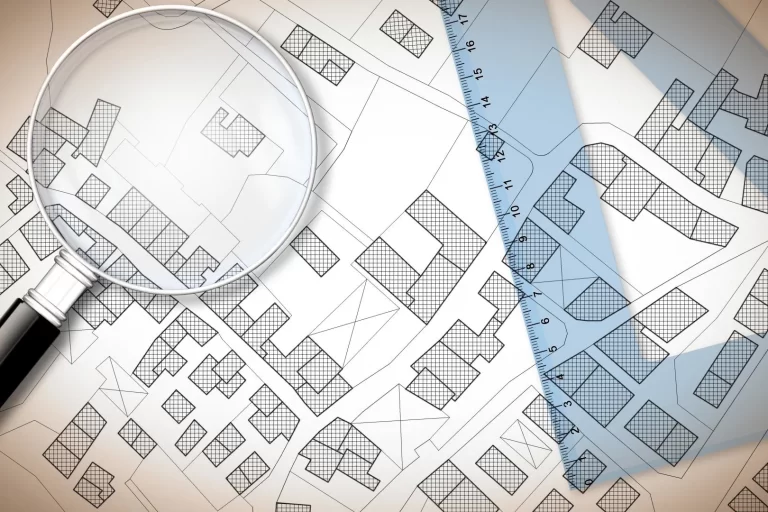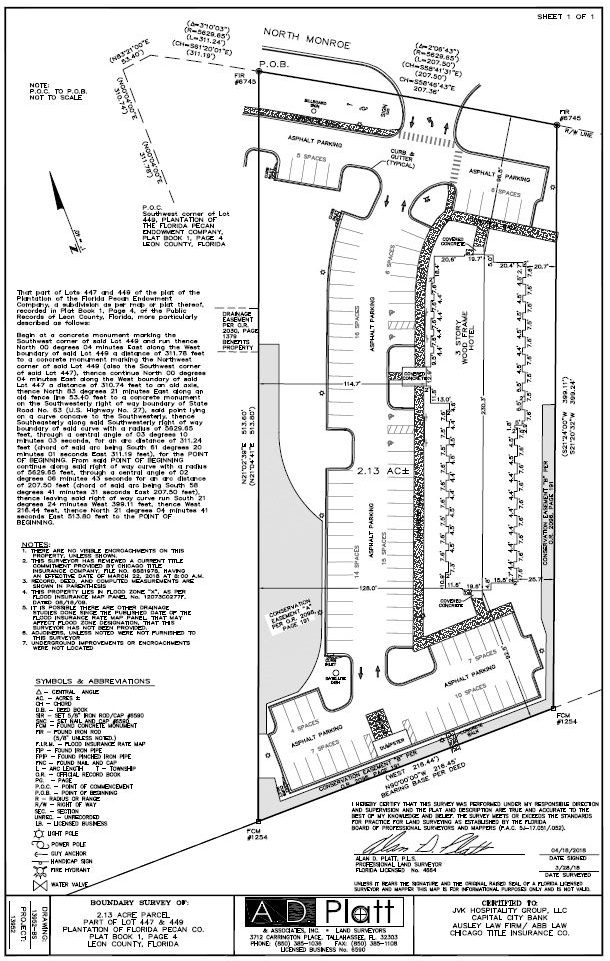
The Supreme Remedy For Stunning And Practical Landscapes: Preserving Wall Surfaces
The Utmost Remedy For Stunning And Practical Landscapes: Preserving Wall Surfaces

Advantages Of Choosing A Completely Dry Pile Wall
This wrapping up area highlights the primary reasons to consider including these frameworks right into your outside areas. For those unfamiliar with the term, a geo-grid system is a geosynthetic material utilized to reinforce the dirt behind the maintaining wall surface. At JD Building, we integrate geo-grid systems right into our retaining wall surface installments to supply extra stability and durability. Yes, a concrete maintaining wall can be a do it yourself task, specifically if it is of a convenient size and you have some standard construction understanding. However, for taller or more complex designs, it could be a good idea to hire specialists to guarantee structural Party Wall Engineer honesty and compliance with local codes.
Improve Your Landscape: Style And Build A Sturdy Dry Stack Stone Wall Surface
Following stringent design standards and standards guarantees structural integrity. Geosynthetic materials and securing systems are included to enhance stability and stop shifting or failing under stress and anxiety. This mindful procedure makes the wall more resistant and guarantees that it will proceed functioning appropriately for its life, even in the face of external stress. Keeping walls are built with climate resistance in mind to stand up to extreme climate condition.
- This eliminates any kind of uncertainty concerning property lines and makes sure that everybody knows the assigned limits, lowering the probability of disputes in the future.
- They are understood for their sturdiness and can withstand extreme weather conditions.
- By creating an obstacle in between the ground and the framework, they reduce the risk of water infiltration, moisture, and relevant issues such as mold and mildew growth.
- This guarantees they work as one continual structure, which is considerable for maintaining walls.
Stone walls are the epitome of versatility and flexibility since they can be customized in dimension, shape, and design to accommodate different landscaping requirements. They are practical and aesthetically pleasing means to boost outdoor settings, whether they are utilized as massive retaining structures or for ornamental objectives. Overall, a properly designed and properly built keeping wall not only gives useful advantages but additionally includes beauty and character to a sloped yard. Nevertheless, there are numerous elements you might intend to think about prior to going all in on installing a preserving wall surface.
Execute routine inspections of the structure during and after the building process. This allows for very early detection of any type of possible issues such as fractures, settlement, or unevenness. Timely intervention can avoid additional damages and guarantee the required corrections are made immediately. Appropriate water drainage includes installing drainage pipelines behind the wall surface, utilizing crushed rock for backfill, and ensuring the wall has a slight incline to assist in water flow.Integrate drainage remedies to prevent water build-up behind the wall, which can cause structural problems. Plan just how the wall surface will certainly incorporate with existing landscape attributes, such as paths, outdoor patios, and garden beds, to create a natural and useful design. Creating gabion wall surfaces around fish ponds, water fountains, or waterfalls adds a dynamic element to the landscape. The gabions' rugged appearance contrasts beautifully with the water's fluidity, creating a feeling of equilibrium and serenity. For ponds, gabion wall surfaces can serve as keeping structures or ornamental borders.
